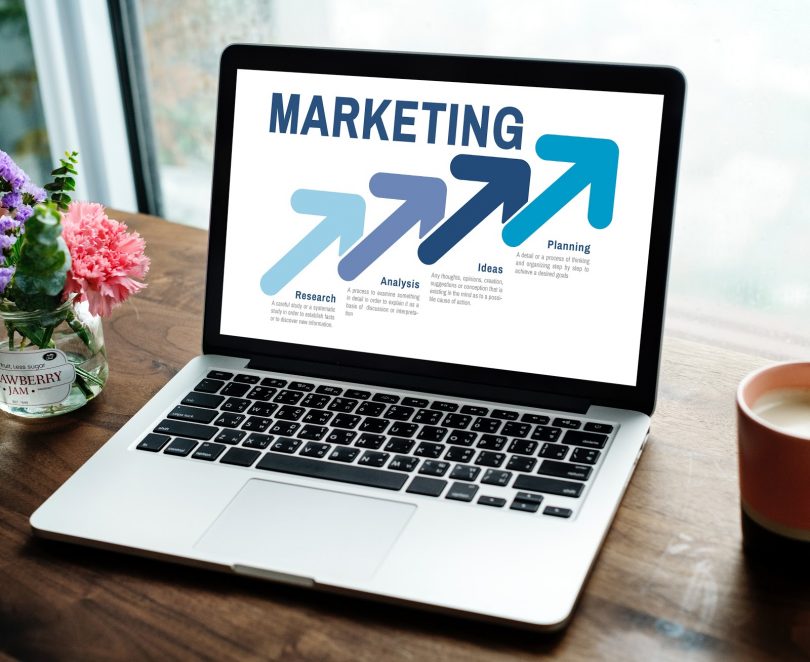Contents
Just like any other marketing channel, email marketing has its own set of best practices. Whether you’re sending welcome emails, segmenting your lists, or personalising your messages, you’re probably utilising email marketing best practices every day.
If you’re utilising these techniques, you probably recognise these best practices are critical to the success of any email marketing campaign. But what about lesser-known methods? Are you using all the practices you can to ensure marketing success?
Below are five frequently overlooked (yet equally important) email marketing practices that you need to master for maximum campaign success.
1. Use the right images.
Every email marketer knows the importance of including high-quality images in their emails. However, it isn’t just about the quality of the image. You also have to consider whether or not you’re using the right images for your brand.
If you’re unsure about what kind of image to put in an email, it’s best to go with photos featuring faces. A recent study revealed that photos on Instagram featuring faces received 30% more “Likes” than those without.
You may consider social media platforms like Instagram or Twitter to be completely different than emails, but they actually have a lot in common. Social media and email share a common purpose: to engage an audience.
Consider whether the selected images fit the overall theme of your email, and be mindful of images that are too distracting.
Notice how the email below from Fruit of the Loom incorporates on-brand images that complement (rather than dominate) the image.
 Fruit of the Loom’s email has three images (with happy, smiling faces) front and centre to draw your eyes toward the centre of the email. Here you can see the main message of the email: “All Good Things Come in 3s”, which explains the significance of using three images.
Fruit of the Loom’s email has three images (with happy, smiling faces) front and centre to draw your eyes toward the centre of the email. Here you can see the main message of the email: “All Good Things Come in 3s”, which explains the significance of using three images.
From the images to the promotion, all aspects of the email tie together to form one coherent message: Fruit of the Loom is offering three great product ranges to the reader.
2. Take advantage of contrasts.
If you prefer text-based emails over image-heavy messaging, you can easily implement this style into your campaigns. With proper technique, you can still create highly readable and effective emails.
Take a look at this email from online retailer Freemans.com.
Freeman’s email largely consists of whitespace and black text, but the aesthetic is far from boring. This is due to Freeman’s expert use of a single, bright, contrasting colour. The colour makes the email stand out without being too flashy.
3. Keep it simple.
When it comes to emails, simpler is better. Avoid using too many different colours and graphics in your email. Too many elements could slow delivery or look unprofessional to readers.
Remember, eliminate fluff from your email copy when possible. By keeping your copy clean and concise, you’re showing you respect subscribers’ time.
According to the Simplicity Index, customers aren’t just more likely to recommend a brand that offers simplicity, but they’re also more willing to pay for a simpler experience.

Below is a great example of simplicity in an email.
 In the first two words of Uber’s email, readers automatically have an idea about the email’s content: big app updates. These updates are then briefly described, and if the reader wants to learn more about a certain update, they can just tap the appropriate CTA. To better illustrate the updates, easy-to-understand images are also included.
In the first two words of Uber’s email, readers automatically have an idea about the email’s content: big app updates. These updates are then briefly described, and if the reader wants to learn more about a certain update, they can just tap the appropriate CTA. To better illustrate the updates, easy-to-understand images are also included.
The design elements of Uber’s email are also straightforward. There aren’t excess colours or graphics, and the email also uses photos with faces (as we discussed above).
4. Proofread before sending.
In order to showcase your professionalism, your emails need to be free of grammar mistakes and spelling errors.
Proofread your emails to avoid necessary mistakes. If you’re not confident enough to proofread, you can ask two people on your team to do the proofreading for you.
One is responsible for initial proofreading, and one to do the final proofreading. This way, if the first person misses a mistake during the initial round of check, there is another person who can do additional proofreading.
5. Take responsibility for your mistakes.
Of course, proofreading doesn’t mean you’re immune to errors. You are human, after all, so mistakes will most likely happen at some point.
What matters is how you or your team react to those mistakes. If you sent out an email containing an error and only realised it after the fact, the best thing for you to do is own your mistake.
Send a follow up email, admit your mistake, and offer something to your subscribers. By doing this, you express that you understand the inconvenience and want to make up for it.
Here’s how it’s done.
 Cycle Surgery sent out an email that had a broken link. When the email marketers at Cycle Surgery realised the error, they sent out a follow-up email and offered a 10% exclusive discount to their subscribers.
Cycle Surgery sent out an email that had a broken link. When the email marketers at Cycle Surgery realised the error, they sent out a follow-up email and offered a 10% exclusive discount to their subscribers.
Wrap up
Set yourself apart from other marketers. These email marketing best practices are often overlooked, but that doesn’t mean you can’t use them every time you send a campaign.
Use these methods to ensure your emails achieve their purpose, whether that’s getting shares on social media, providing updates to your subscribers, or converting a lead into a paying customer.








